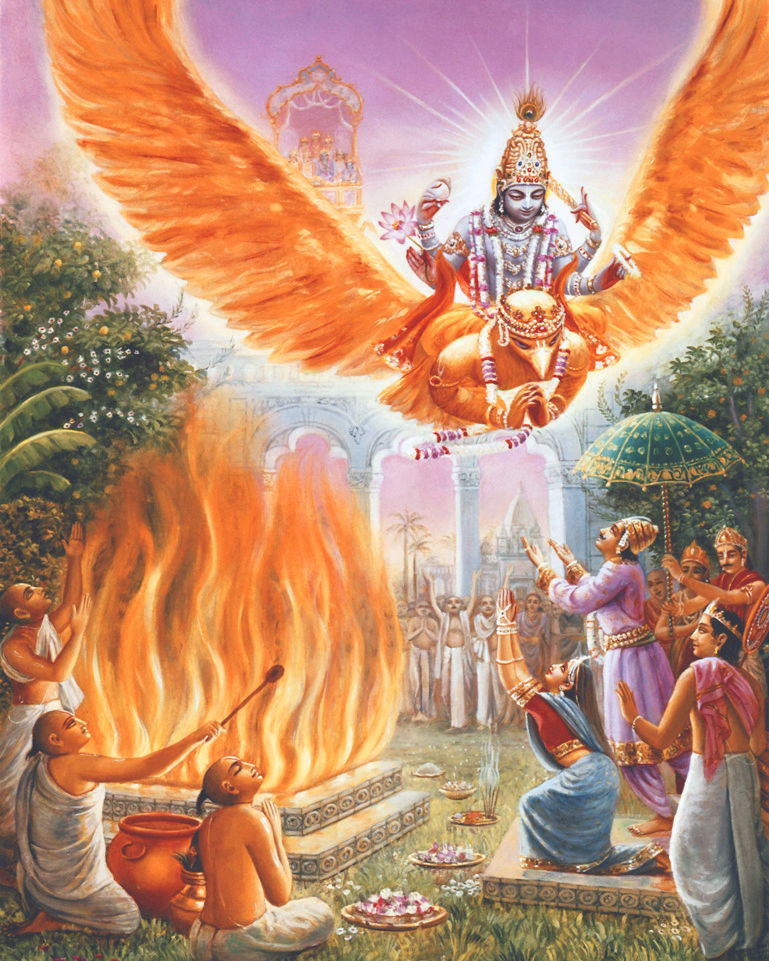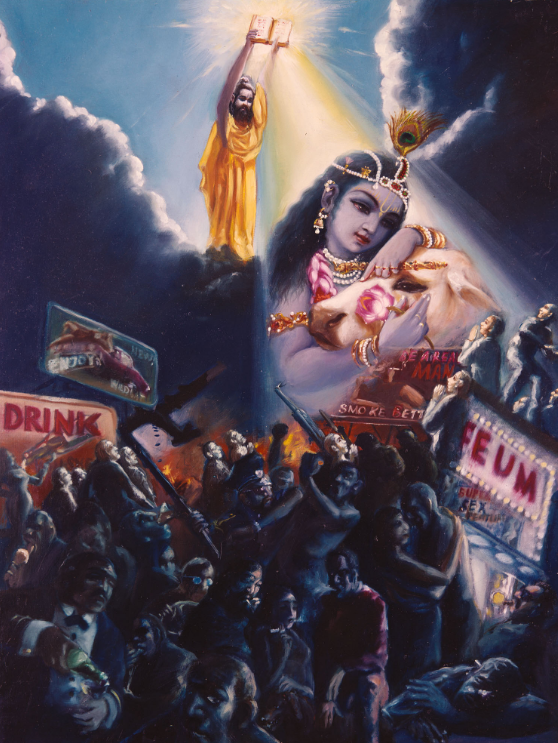The Importance of The Srimad Bhagavatam


The Srimad Bhagavatam is an essential scripture that not only describes the pastimes and activities of Lord Krishna, but also indirectly explains the Vedantic Philosophy in such a way that it is easier to understand for the masses, without any confusion.
It has a philosophy that is very complex and deep, but it gives out the message in a very simple and straight-forward way.
It tells you to denounce having the mentality of “I”, “My” and “Mine” and completely remove all attachment from the body and only devote yourself to Krishna, to attain true Bhakti, and it says this in a way which is very easy to understand.
It also describes the way the universe was created in Canto 1, the shape and structure of the universe in Canto 5, the ideal way a society should operate in Canto 6, the Sankhya Philosophy near the end of Canto 3 (starting from Chapter 25), the various Kings and Dynasties of India and the rest of the world in Canto 9, the Activities of the Avatars of Vishnu throughout all Cantos, putting focus on the activities of Krishna in Canto 10, the divine philosophy of the Uddhava Gita in Canto 11 and finally the description of Kali Yuga and Glories of Puranas in Canto 12.
All of this knowledge can be very useful in today’s age and thus this knowledge is very valuable and important for all of us.
This one book explains the various Philosophies of Sankhya, Jnana, Bhakti and more, and it also tells about the past-times of many great personalities, including the Supreme Personality himself, Krishna. Bhagavatam’s accurate description of Shri Krishna’s nectarean activities is exactly why the Bhagavatam is also called the “Amala Purana”.
Bhagavatam’s description of Kali Yuga in Canto 12 is already eerily similar to the Modern Times, but the Bhagavatam also tells how to get out of this Maya and completely devote yourself to the Supreme in Previous Cantos.
Thus, the logical conclusion is that if one desires to escape the Kali Yuga, one should read the Srimad Bhagavatam, since it is the greatest Guide-book for this Yuga.

DISCLAIMER: The author is solely responsible for the views expressed in this article. The author carries the responsibility for citing and/or licensing of images utilized within the text.
